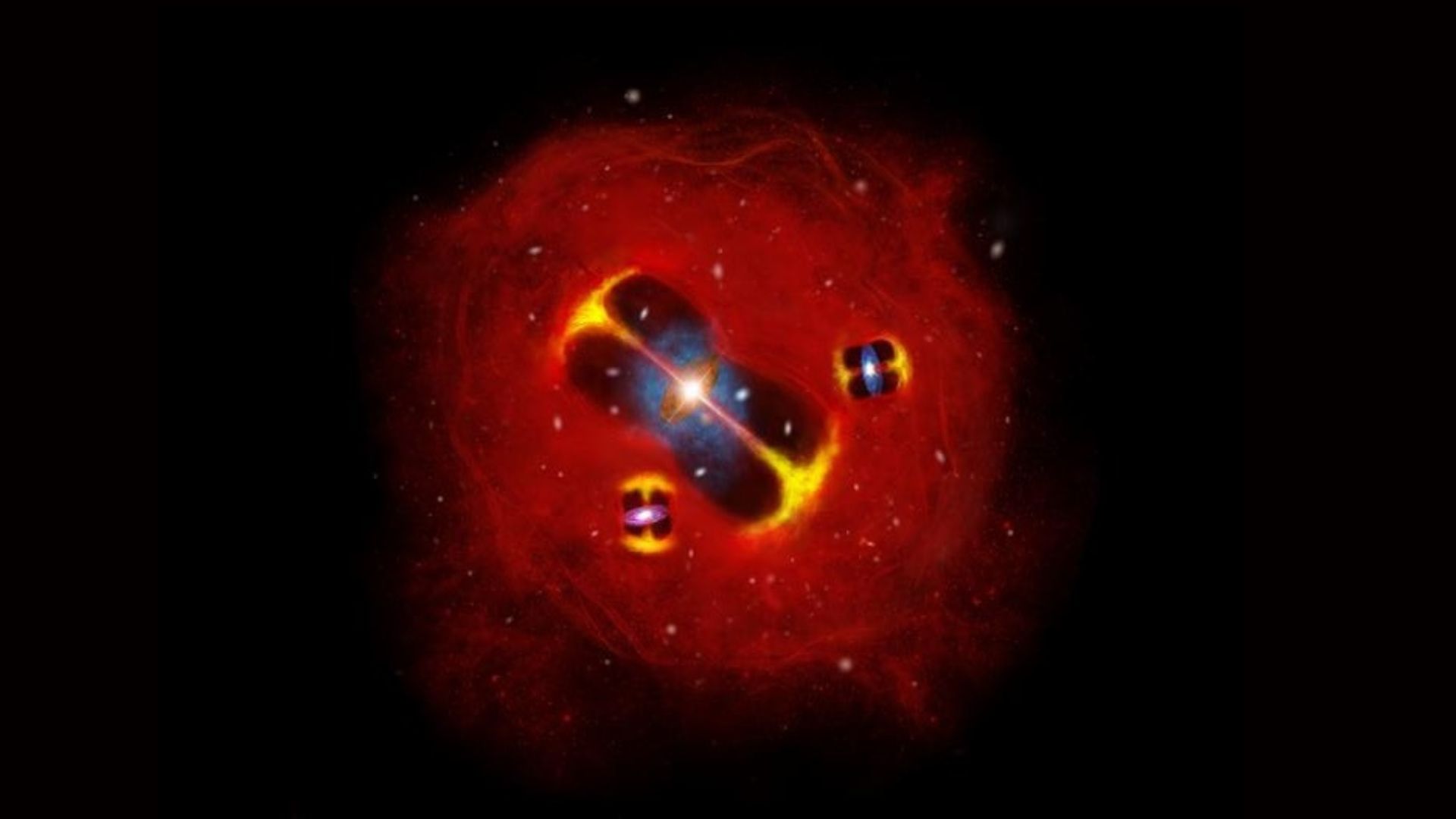Why People Cut or Burn Themselves on Purpose
Some people say they cut or burn themselves to ease emotional distress. A new study finds there may be something to it, at least for those with borderline personality disorder.
Individuals with borderline personality disorder experience intense emotions and often show a deficiency of emotion regulation skills, researchers say. These people also displays high prevalence rates of self-injurious behavior.
Inga Niedtfeld and colleagues at the University of Heidelberg in Germany studied the effects of emotional stimuli and a thermal stimulus in people either with or without borderline personality disorder. They conducted an imaging study using picture stimuli to induce negative, positive, or neutral affect and thermal stimuli to induce heat pain or warmth perception. The painful heat stimuli were administered at an individually set temperature threshold for each subject.
In patients with borderline personality disorder, they found evidence of heightened activation of limbic circuitry in response to pictures evocative of positive and negative emotions, consistent with their reported emotion regulation problems. Amygdala activation also correlated with self-reported deficits in emotion regulation. However, the thermal stimuli inhibited the activation of the amygdala in these patients and also in healthy controls, presumably suppressing emotional reactivity.
"These data are consistent with the hypothesis that physically painful stimuli provide some relief from emotional distress for some patients with borderline personality disorder because they paradoxically inhibit brain regions involved in emotion, said John Krystal, Editor of Biological Psychiatry. This process may help them to compensate for deficient emotional regulation mechanisms."
These findings are in line with previous results on emotional hyperactivity in borderline personality disorder and suggest that these individuals process pain stimuli differently depending on their arousal status, the researchers said.
Get the world’s most fascinating discoveries delivered straight to your inbox.



